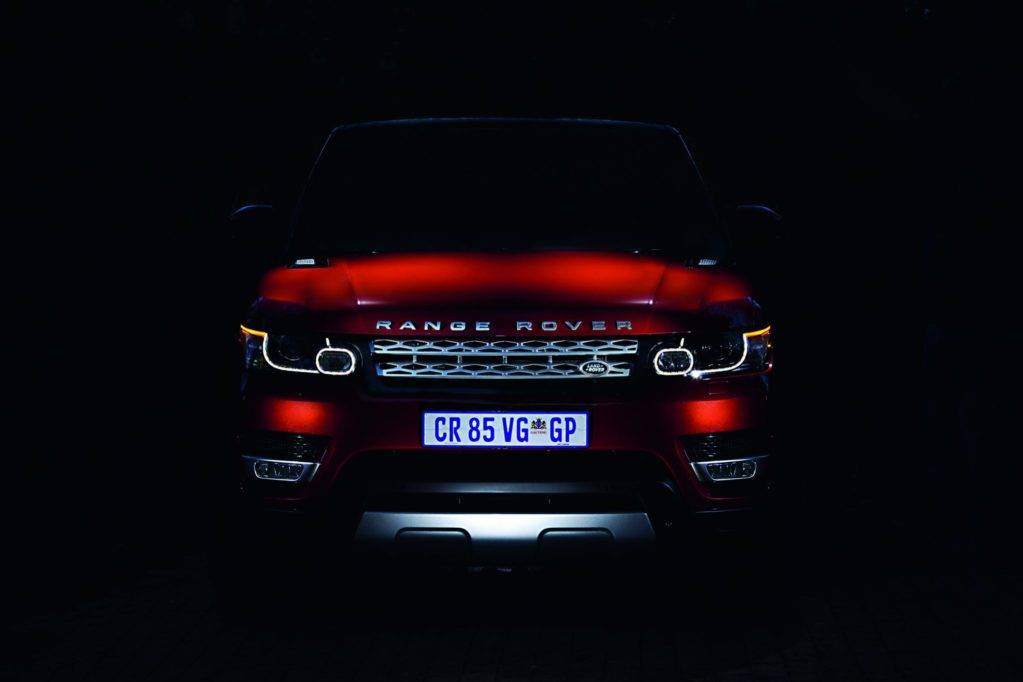Range Rover is a name synonymous with motoring excellence. It is a car with impeccable luxury and practicality, by which most other top-end brands are benchmarked. Coupled with this is an off-road prowess that is matched only by cars with the same badge. This badge has enjoyed immense success in the past few years, most notably with the launch of the Range Rover Evoque, a car that soared to the top of all previous sales records for the brand.
The sales success started back in 2005 when the first Range Rover Sport was unveiled. The recipe was to create a car that infused the DNA of the Land Rover with the finesse and refinement of the Range Rover… with a bit of sport added into the mix. It was an instant success, enticing new buyers through dealership doors. And now, it is back.
The design brief for the new car was simply to be more agile and sportier. To achieve this, the Range Rover Sport needed to lose a considerable amount of weight. The result: 420 kilograms less than its predecessor, thanks to an all-aluminum body. Further weight savings in engine construction has resulted in a car that is half a ton lighter than the model it replaces.
The significance of this becomes evident the moment you drive the Sport. It accelerates, brakes and corners faster, with much less body roll and understeer than before. This handling ability is achieved by a host of driver aids, most notably the two-channel active anti-roll system that negates body roll from both the front and rear suspension.
The new car is also offered locally with a choice of three engine derivatives, each connected to an amazing eight-speed ZF gearbox. The 250kW 3.0 liter V6 and the 375kW 5.0 liter V8 petrol engines are both fitted with a supercharger and both sound incredible. The SDV6 diesel engine is the most efficient in the range with 215kW on tap and 600Nm of torque.
To properly understand the capability of this car, you have to drive it as hard, as far and as high as you can. I drove it on diverse surfaces ranging from urban highways to rippled gravel roads; from rocky tracks to muddy terrain; from wading in almost meter deep water to climbing 27 degrees up a man-made ramp into the cabin of a massive DC10 airplane. Yes, in a first for me, and apparently the rest of the motoring world, Range Rover Sport’s launch involved using an airplane to demonstrate its impressive 4X4 capability. The departure angle exiting the DC10 was 37 degrees, which you do not truly appreciate until you are literally hanging on the seatbelt, hoping against all odds that the car will reach the bottom without incident. Of course it does—with minimal fuss.
Prices start at $79,440, while you can expect to pay no less than $121,725 for the supercharged V8. As always, the discerning buyer has so many options to suit a particular taste, including seven interior themes, six interior finishing options, three exterior finish options, three headliner colors, 19 exterior colors, 10 wheel designs and more. The color palette is left entirely to the buyer, but underneath the skin, you will struggle to find a more accomplished and more luxurious vehicle.
The Range Rover Sport has never been as capable a motor car as it is now. There is still a market for the incredible big daddy Range Rover and the Evoque continues to be the talk of the town. The Sport, however, has molded its own fan club and I have no doubt that they will remain devoted to their beloved brand as it remains true to its intended purpose. It is more agile, more sporty and more Range Rover.
